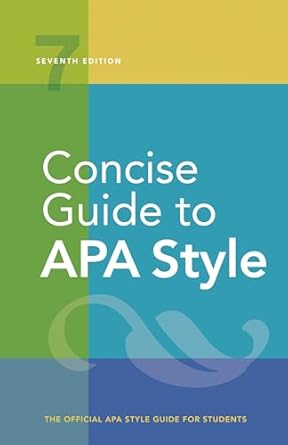[toc]
pharmaceutical abbreviations concentrations explained
Concise Guide to APA Style: 7th Edition (OFFICIAL)
Page 141 Review
Understanding Pharmaceutical Abbreviations and Concentrations
Navigating the world of pharmaceuticals requires a keen understanding of abbreviations and how concentrations are expressed.
The provided excerpt from an ebook delves into the nuances of these elements, highlighting the importance of precision and clarity in pharmaceutical documentation.
The Ambiguity of Percentages
The text emphasizes the potential for ambiguity when expressing concentrations as percentages, especially as the concentration increases. “the more ambiguous the expression is as a percentage.” This vagueness necessitates a more specific approach, particularly when dealing with substances like alcohol, glucose, and sucrose.
Think about it, a simple percentage can mean different things depending on whether it’s weight/volume, volume/volume, or weight/weight.
This is why clarifying the ratio is crucial for avoiding misunderstandings and ensuring accurate dosing.
The Importance of Specifying Ratios
To avoid ambiguity, the text stresses the need for specifying the ratio when dealing with concentrations. “Specifying the ratio is especially necessary for concentrations of alcohol, glucose, and sucrose.” For example, stating “12% (vol/vol) ethyl alcohol solution” clearly indicates that the solution contains 12 parts ethyl alcohol per 100 parts solution, measured by volume.
Similarly, “1% (wt/vol) saccharin solution” indicates that there is 1 gram of saccharin for every 100 mL of solution.
This level of detail is vital for reproducibility and patient safety.
Salt Forms and Chemical Names
Beyond ratios, the text also underscores the significance of specifying the salt form when reporting concentrations. “Specifying the salt form is also essential for precise reporting of d-amphetamine HCl or d-amphetamine SO.” The difference between d-amphetamine HCl and d-amphetamine SO can impact the effective dose and pharmacological effects.
Using the full chemical name in combination with the formula is deemed acceptable in this scenario, reinforcing the need for accuracy and clarity.
Abbreviations for Routes of Administration
The excerpt also addresses the proper use of abbreviations for routes of administration. “Abbreviate a route of administration when it is paired with a number-and-unit combination.” This rule helps streamline documentation while maintaining clarity.
Common abbreviations include: “icv = intracerebral ventricular, im = intramuscular, ip = intraperitoneal, iv = intravenous, sc = subcutaneous.” However, the text explicitly cautions against using periods with these abbreviations.
Examples in Practice
The text provides practical examples to illustrate the correct usage of these abbreviations. “anesthetized with sodium pentobarbital (90 mg/kg ip)” demonstrates the proper abbreviation of intraperitoneal administration.
Conversely, “two subcutaneous injections (not sc injections)” emphasizes that the abbreviation should only be used when paired with a number-and-unit combination.
This rule ensures the abbreviation doesn’t lead to confusion if used in isolation.
Key Takeaways
In summary, this excerpt highlights several crucial points for anyone working in the pharmaceutical field:
- Clarity is Paramount: Avoid ambiguity by specifying ratios and salt forms when reporting concentrations.
- Abbreviate Wisely: Use abbreviations for routes of administration only when paired with number-and-unit combinations.
- Adhere to Conventions: Do not use periods with abbreviations for routes of administration.
By adhering to these guidelines, professionals can ensure accurate communication and minimize the risk of errors in pharmaceutical practice.
Paying close attention to these details is essential for patient safety and the integrity of scientific research.
Buy full ebook for only $18: https://www.lulu.com/shop/american-psychological-association/concise-guide-to-apa-style-7th-edition-official/ebook/product-rmzpq54.html?page=1&pageSize=4
Pharmaceutical Abbreviations Concentrations Explained
Read more: APA Citation Guide: Online Sources, Anthologies & More


Leave a Reply